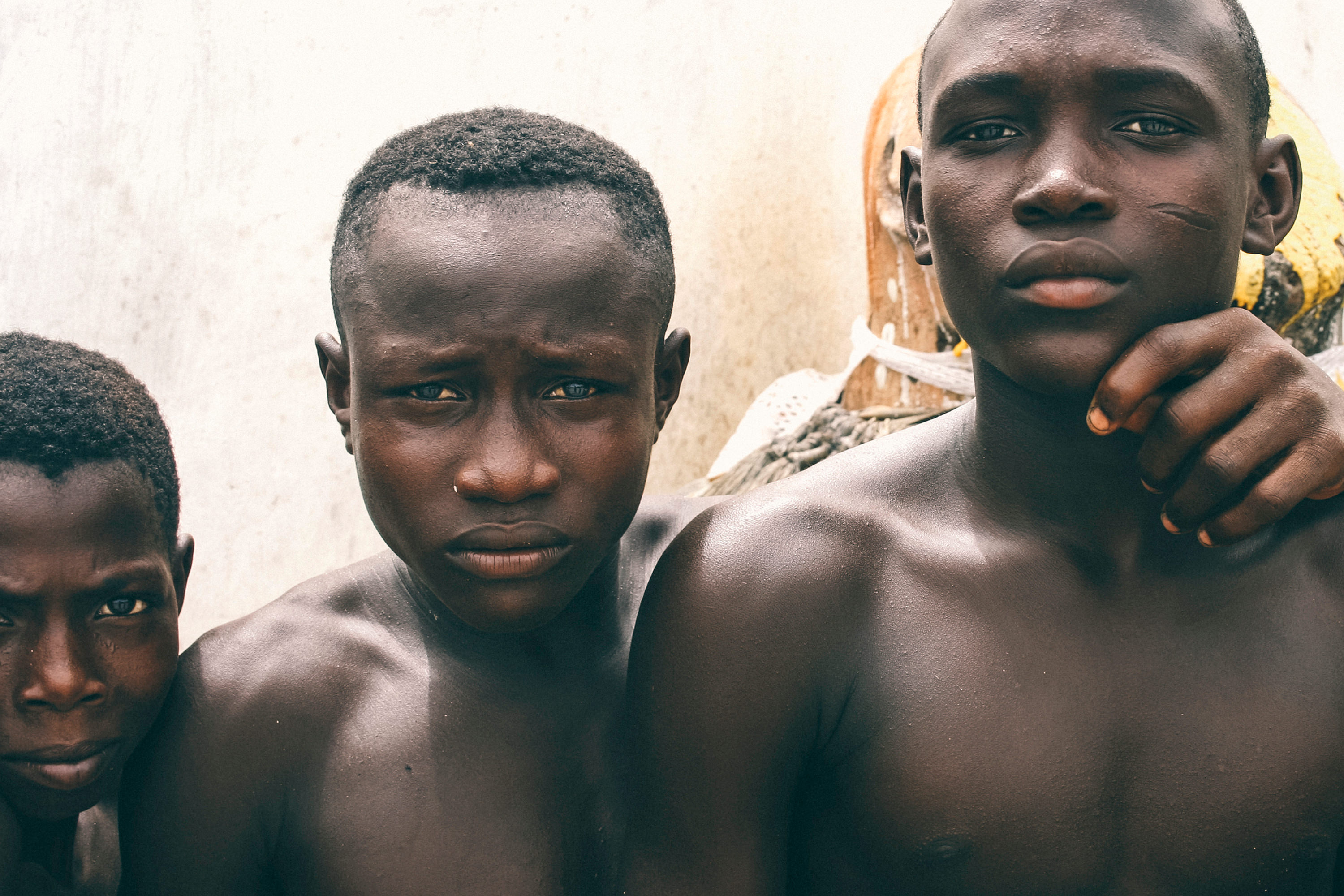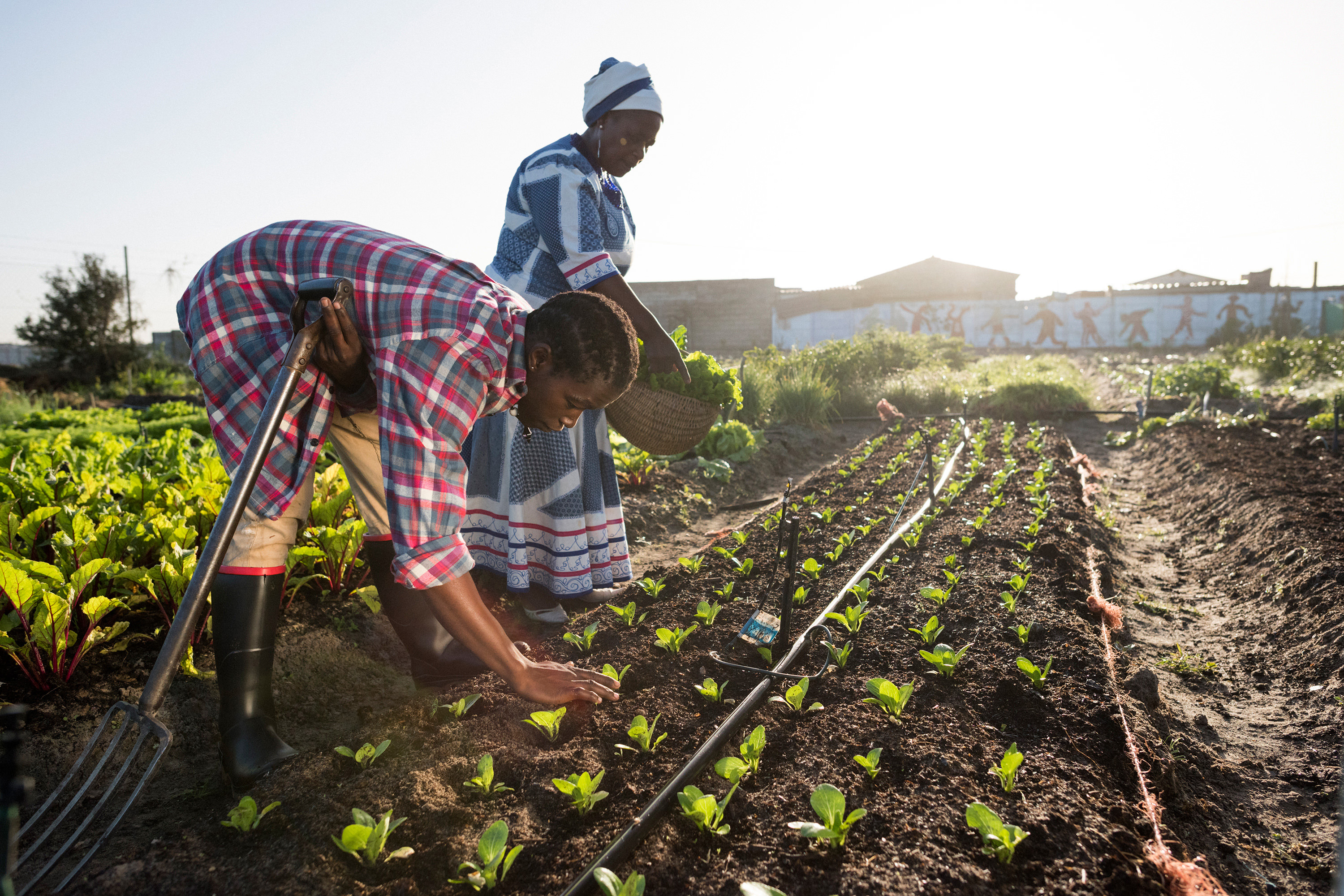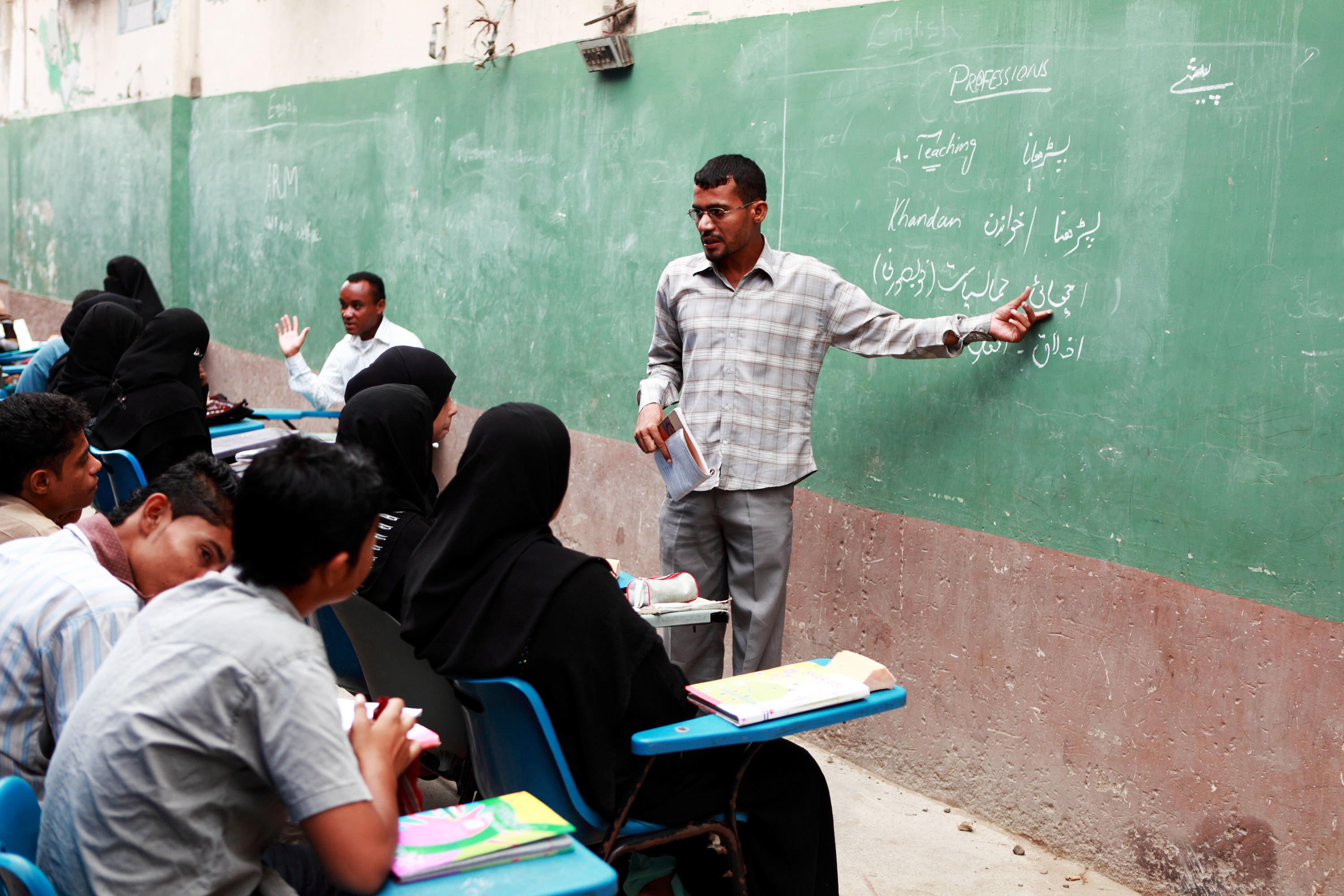Public Works Programs (PWPs) are important tools for social protection. There are 167 PWPs in 29 sub-Saharan Africa. There are short term and long term PWPs. Short term PWPs can stabilise consumption in response to individual or aggregate shocks. Long term programs, on the other hand, are forms of insurance. However, there is little evidence…
RCT
Food Constraints and “Ganyu” Labour
Small-scale farming continues to be the principal source of employment and income for a majority of the population in low income countries. Zambia is no exception: in 2008, 80% of employment was in agriculture. Even though Zambia has recently been re- classified as lower middle income country primarily due to its large copper and cobalt…
Assisting Job Search in Low-Employment Communities
Jobs are hard to find in Africa. Searching for jobs in African labour markets is expensive and time consuming. Job seekers, the young unemployed in particular, find it hard to be selected for the available positions. As a result, new employment opportunities are often not shared equally. Many economies in sub-Saharan Africa have achieved high…
Start-Up Capital for Youth
Unemployment among young people is one of the most pressing social and economic problems facing less developed countries today. Data from the 2005 Kenya Integrated Household Budget Survey found that approximately 21% of youths are unemployed, and a further 25% are neither in school nor working. While the traditional academic schooling track offers large labour…
Building Management Hierarchies for Growth in LICs
We evaluate the impact of and demand for mid-level management training in a group of garment factories in Bangladesh. Industry participants recognise that there exists a shortage of skills needed to fill lower level management positions. There are several reasons firms may fail to provide socially optimal levels of training, and the project is designed…
High-Risk Youth in Post-Conflict Liberia
How can governments and NGOs raise employment and reduce the risk of violence among these poor and risky populations? Aid programs increasingly focus on helping youth through markets, especially through microenterprise development. The logic of this assistance, however, rests on the existence of market failures among the poorest of the poor: imperfect credit markets, or…
Addressing Gender Inequalities in Earnings and Productivity in Sub-Saharan Africa through Innovative Approaches
Youth employment and micro, small and medium sized enterprise (MSME) development are often in the public debate. Governments in Africa have recently introduced a number of programmes to promote employment via these mechanisms, but the understanding of which interventions are most effective and for which types of individuals they have an impact is limited. Furthermore,…
Punjab Economic Opportunity Program
The project seeks to understand the issues facing skills development in low-income countries (LICs) by identifying failures in both skills provision and labour markets then designing and evaluating interventions that can address these shortcomings and raise the socio-economic returns to acquiring skills. The project builds upon the Punjab Economic Opportunities Programme (PEOP, a DfID funded…
The Formal-Informal Labour Nexus and Growth
Although employment in low-income countries (LICs) is strikingly concentrated in the informal sector, the contribution of this sub-economy to the larger economy is not well understood. The traditional view holds that labour markets are segmented; the informal sector provides subsistence income, or a pool of surplus labour for the formal sector, and will likely disappear…







